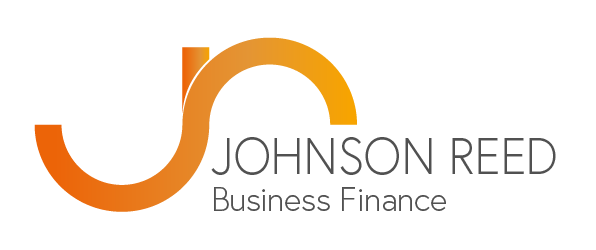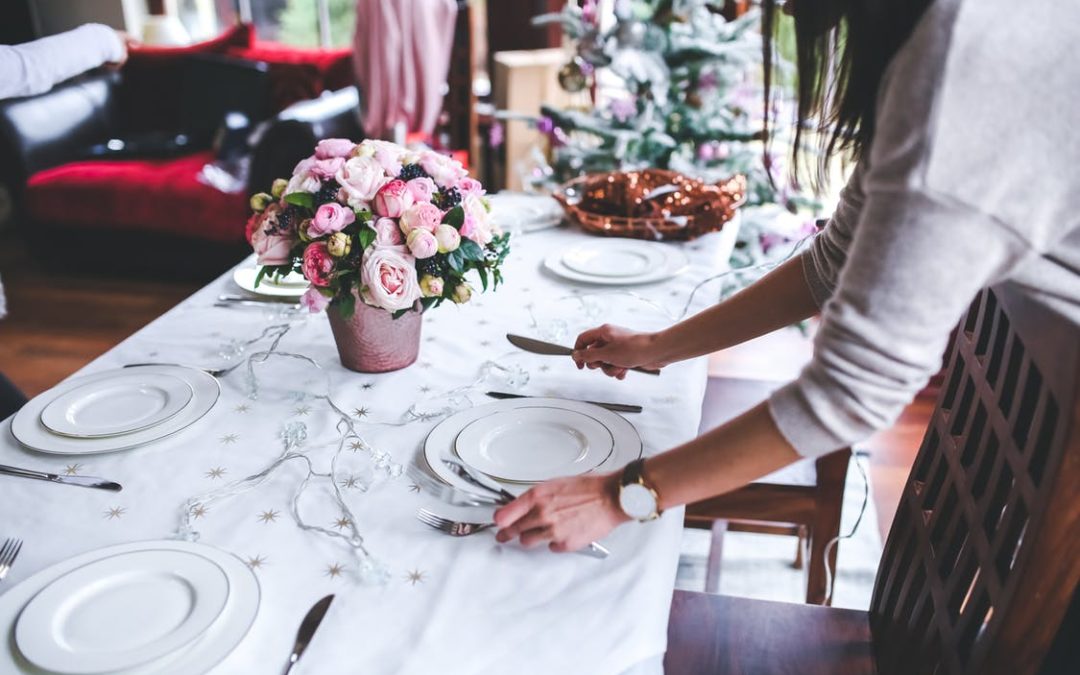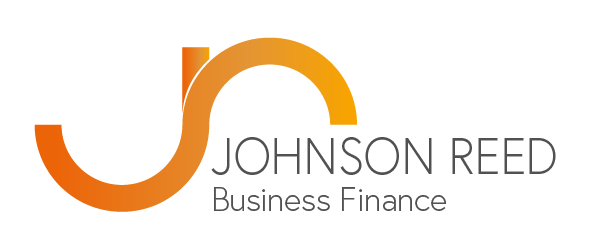Buying and replacing equipment is a huge financial burden for any hospitality business – whether it’s a fledgling one with limited funds, or a bigger brand looking to expand without jeopardising cash flow. Catering equipment leasing is a smart alternative to paying for this upfront, but it can be hard to get to grips with first time round.
Want to save money on kitting out your catering business? Read on for the three stages towards a successful leasing application…
1. Assess your requirements
Cookers. Dishwashers. Frying vats. Glassware. Menu boards and serving trays… There’s little end to the array of essential equipment for your business.
However, that word ‘essential’ is key to understanding what you should lease, as opposed to what might be beneficial in the near future. Leased items have to gain a fairly immediate ROI to pay for themselves.
Sit down with a new business plan and map out your ideas for growth. Industrial ovens will prepare more food at a time, but that’s only useful if you have enough chairs and tables for the extra diners.
Move through your inventory to see where it’s lacking, how profit can be gained as the result of a lease, and whether the knock-on effects require more complementary tools.
2. Budget closely
Once you’ve passed stage one, it’s time for a budget calculation. This is imperative because missed lease payments will damage your credit score and the reliability of your cash flow over time.
Remember that catering equipment leasing is a loan, of sorts. Growth charts will indicate how you’re able to pay the loan back, as soon as the equipment starts proving itself. So, leasing two deep-fat fryers, for instance, at £350 a month may not be worth it unless the food they cook is projected to make at least £700 in profit during the same period.
Your budget calculations should also be mindful of additional costs such as new staff hires, repair work and other debts. Perhaps you want to start small before leasing more in Q2 or 3. The more precise your strategy is, the better it’ll play with a finance partner.
3. Consult a specialist
It’s becoming increasingly difficult to secure finance for equipment through traditional lenders (like high street banks). That’s why it pays to consult a specialist in catering equipment leasing, such as Johnson Reed. We can approve an application within a matter of hours and pay you, or your suppliers direct, as little as two days later when the agreement is signed.
How can we act so quickly? Well, it’s a matter of cutting the paperwork to the core. We’ll find out what you’re looking to lease, how your business operates, and get a genuine sense of your affordability using our own in-house underwriters.
Not sure what you should be leasing, or looking for some guidance on what to expect? Your dedicated account manager will work closely with you to ensure that your catering business has a sustainable plan for growth. And our video on equipment leasing outlines, step by step, the process you will go through.
To get started, simply contact Johnson Reed for a chat regarding your catering equipment leasing today.


